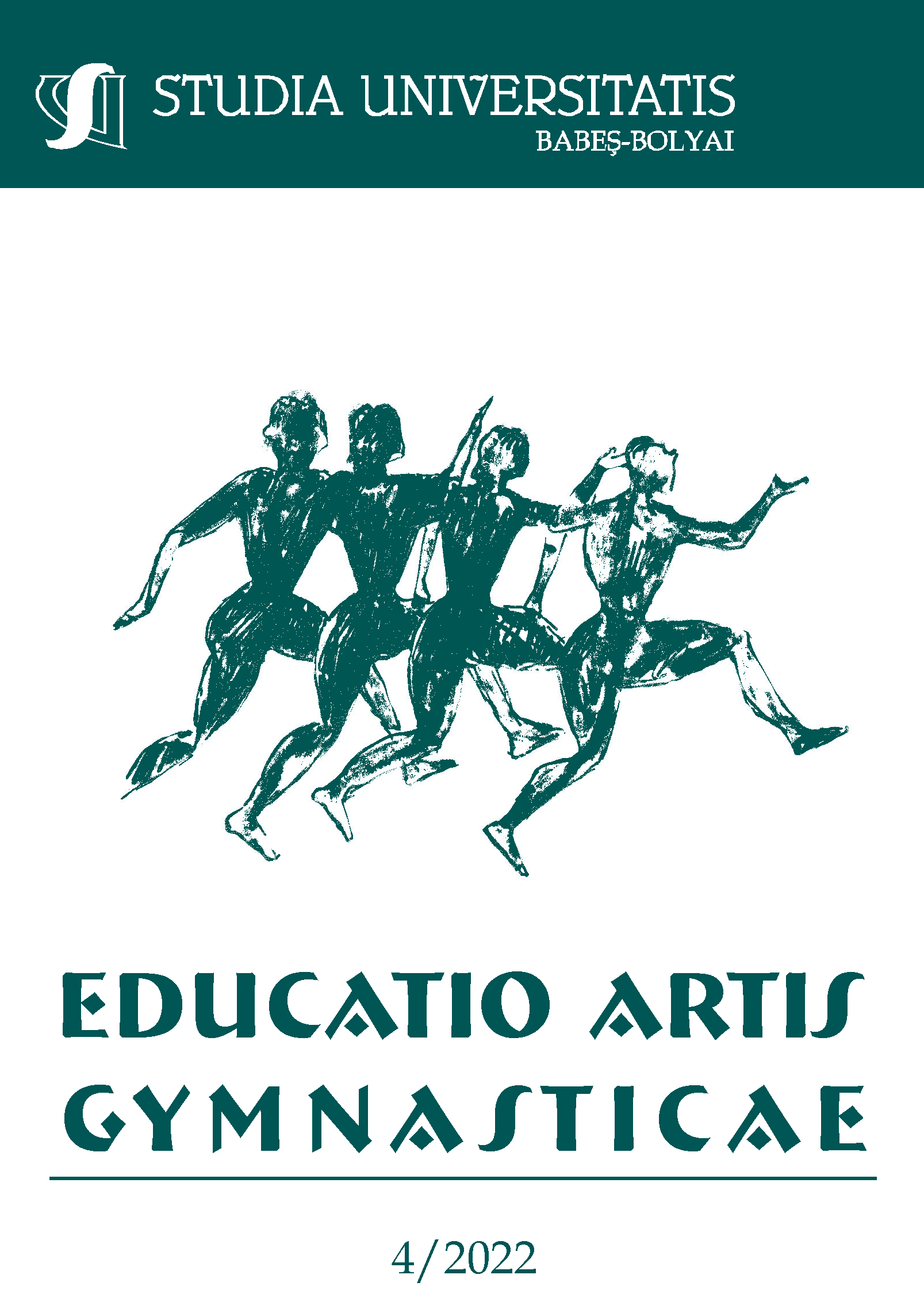FROM YAMABUSHI TO MODERN PSHYCHOLOGICAL TRAINING IN MARTIAL ARTS
DOI:
https://doi.org/10.24193/subbeag.67(4).33Keywords:
Yamabushi; judo, martial arts, ninjutsu; hypnose; manipulation of the masses; handling the individual; the Autogenic Training Schutz, ronninAbstract
Yamabushi were forest spirits who lived in the regions of Japan. They did not lead their lives in urban agglomerations, and appeared around monasteries or on mountain paths. They mostly posed no danger to humans, intervening in the lives of martial arts masters, providing them with secret fighting techniques. They had a more psychological training role, which led to exceptional results for the history of martial arts. After the fall of the samurai class and the secular development of Japanese society, these spirits of the forests will be replaced by psychologists, who will try to bring superior performance to the work of martial arts athletes. Using hypnosis, manipulations of the human psyche, but also of the masses, methods of eliminating emotions, up to their annihilation, many countries resorted to high-level psychologists, whose aim was to train an athlete from a psychological point of view, without being tributary to emotions. With all the methods used, some even taken from the field of military psychology, the athletes’ results were not superior to the majority. Not all athletes managed to overcome all their obstacles, some, instead, failed completely, their lives were changed forever, being unable to adapt to the society in which they live. The studies below represent a series of research in the field of psychology of martial arts, with updated data at the time of writing the article.
References
Barboș, P. (2014). Kata- Manual pentru centurile Negre, 1-3 Dan, Editura Risoprint, Cluj-Napoca.
Blacker, C. (1999). The Catalpa Bow, Japan Library, UK, ISBN 1-873410-85-9.
Hartman, R. J. (2000). Hypnotic Work in Progress: Twelve Case Histories in Clinical Hynotherapy. ISBN 978-0595141883.
Japan (2011). Alarm in Japan for Child Judo Deaths, Retrieved from: https://www.asianews.it/news-en/Alarm-in-Japan-for-child-judo-deaths-20425.html.
Kumārajīva (1981). The Buddha Speaks the Brahma Net Sutra Part I with the Commentary by Master Hui Seng, Translated by Dharma Realm Buddhist University Buddhist Text Translation Society. pp. 77–78, 109–110.
Hitoshi, Myake (1989). Religious Rituals in Shugendo A Summary. Japanese Journal of Religious Studies.
Hitoshi, Myake (2001). Shugendo: Essays on the Structure of Japanese Folk Religion, Japanese Studies, Michigan Monograph Series in Japanese Studies, livre 32.
Nelson, A. (1998). The Original Modern Reader’s Japanese-English Character Dictionary. Tuttle Publishing. pp. 134, 346. ISBN 978-0-8048-1965-7.
Nielson, J. M. (1958). Memory and amnesia. Los Angeles: San Lucas Press.
Ozawa, Hiroshi (1997). Kendo: The Definitive Guide, Kodansha International, Tokyo.
Paccagnella, M. (2004). Demystifying sports hypnosis – Sport Coach. 27.
Picken Stuart, D.D. (1994). Essentials of Shinto: An Analytical Guid to Principal Teaching. Westport, Connecticut: Greenwood Press.
Reynes, E, Lorant, J. (2004). Competitive martiale arts and aggressiveness: a 2-yr. longitudinal study among young boys, Percept. Motor Skills.98, 103-115.
doi:10.2466/pms.98.1.103-115.
Ratti, O., Westbrook,A. (1973). Secrets of the Samurai. Edison, NJ: Castle Books. ISBN 0-7858-1073-0.
Rosenthal, H. (2017). Encyclopedia of Counseling. NY: Brunner-Routledge.
Stark, E. (2007). Coercive Control: How Men Entrap Women in Personal Life. Oxford University Press ISBN 978-0195154276.
Downloads
Published
How to Cite
Issue
Section
License
Copyright (c) 2022 Studia Universitatis Babeș-Bolyai Educatio Artis Gymnasticae

This work is licensed under a Creative Commons Attribution-NonCommercial-NoDerivatives 4.0 International License.



